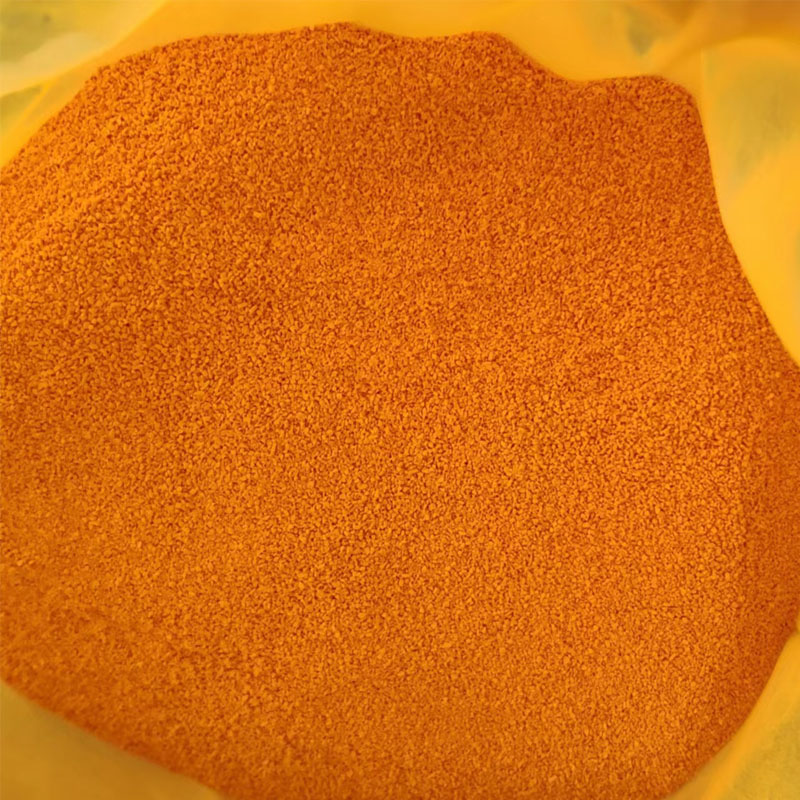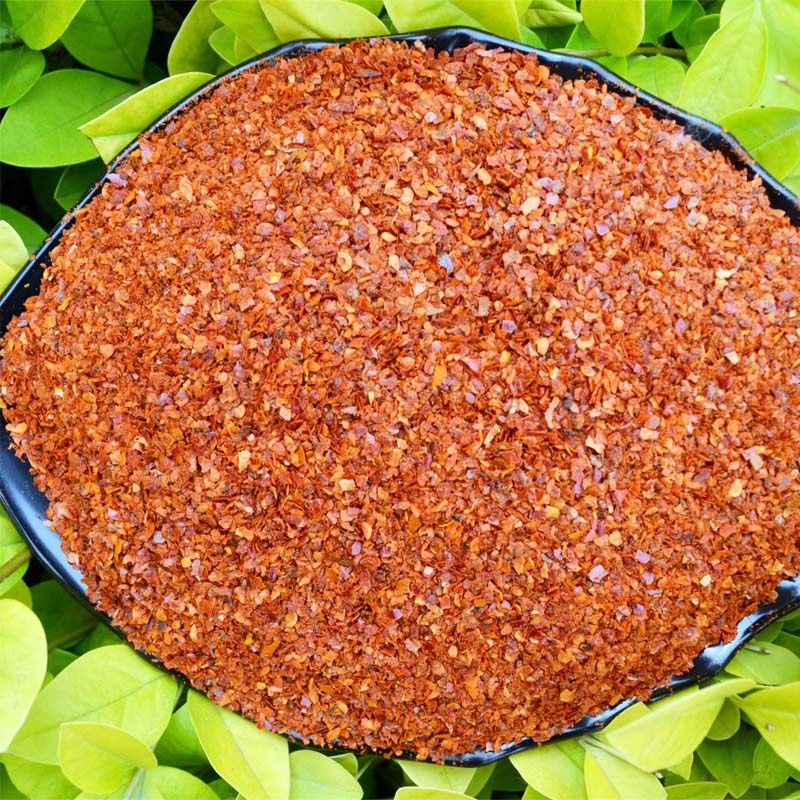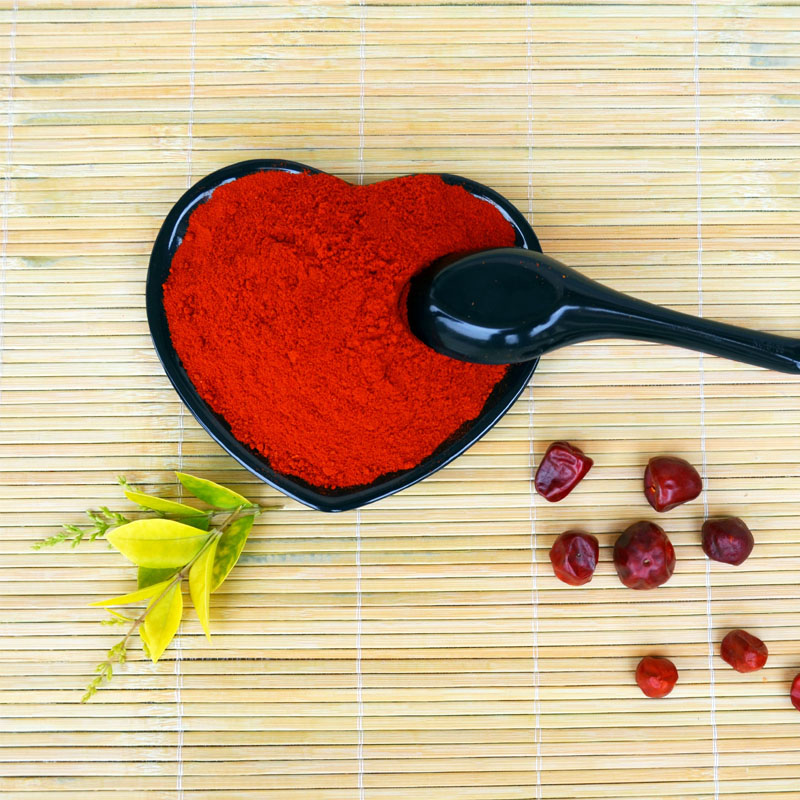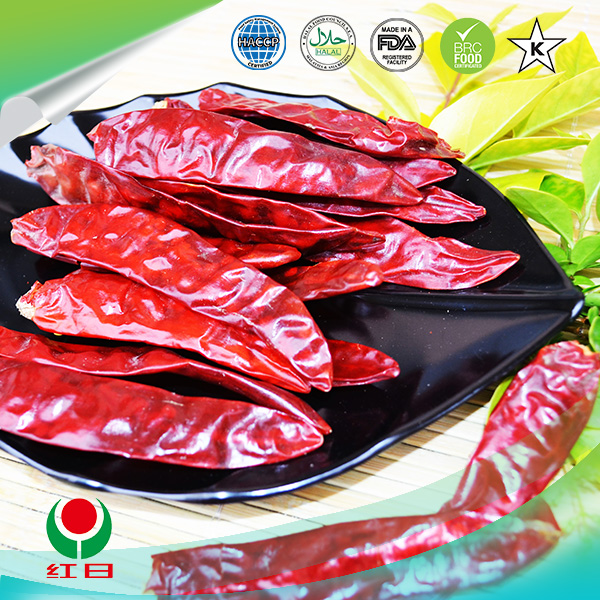- No. 268 Xianghe Street, Economic Development Zone of Xingtai city, Hebei 054001 China
- Byron@hbhongri.cn
Discover the Versatile Spice Paprika - Flavor & Benefits
The Spice Paprika A Flavorful Journey Through History and Cuisine
Paprika, a vibrant red spice, is more than just a seasoning; it embodies a rich history, cultural significance, and a versatile range of culinary applications. Derived from dried and ground capsicum peppers, paprika ranges in flavor from mild and sweet to hot and smoky, making it an essential ingredient in cuisines around the world.
The Spice Paprika A Flavorful Journey Through History and Cuisine
In Hungary, paprika is more than just a spice; it is a cornerstone of the national cuisine. Dishes such as goulash and pörkölt showcase the warm, complex flavors of Hungarian paprika, which is often used generously. The spice is so integral to Hungarian culture that it is the highlight of many festivals and is even depicted on the country’s coat of arms. Paprika’s popularity in Hungary can be attributed to its ability to enhance dishes without overpowering them, making it a favorite among chefs and home cooks alike.
the spice paprika

Beyond its culinary uses, paprika is rich in antioxidants and vitamins, particularly vitamin A and C, contributing to its reputation as a healthful addition to any diet. Its vibrant color not only makes dishes visually appealing but also indicates a wealth of nutrients. The spice has been linked to various health benefits, including improved circulation and the potential to reduce inflammation, making it a valuable addition to a balanced diet.
In modern kitchens, paprika is a versatile spice, elevating everything from soups and stews to meats and vegetables. Whether sprinkled over roasted potatoes or stirred into a creamy dip, the possibilities are endless. It can transform a simple dish into a mouthwatering experience by adding warmth and a hint of smokiness. Moreover, paprika blends seamlessly with other spices, making it a staple in spice racks all over the world.
One of the most enticing features of paprika is its role in global cuisines. In Indian cooking, for example, paprika is often used to provide a rich color and mild heat to curries and rice dishes. In Mediterranean cuisine, it complements seafood and enhances dips like hummus and baba ganoush. The spice even finds its way into American dishes like deviled eggs and barbecue rubs, showcasing its adaptability.
In conclusion, paprika is not just a common household spice; it is a bridge between cultures, histories, and flavors. Whether you are a culinary novice or a seasoned chef, incorporating paprika into your dishes can lead to a delightful exploration of taste. So the next time you sprinkle this vibrant spice into your meal, remember the rich tapestry of history and flavor it brings to your table.
-
Turmeric Rhizome Powder: A Golden Treasure from Roots to TableNewsJul.28,2025
-
The Versatile Application Of Crushed Red Hot Peppers: Lighting Up The Red Flames On The Dining TableNewsJul.28,2025
-
The Paprika: A Touch Of Vibrant Red In Color, Flavor, And CultureNewsJul.28,2025
-
Ground Turmeric: A Modern Examination of an Ancient SpiceNewsJul.28,2025
-
Capsicum Liquid Extract: Features, Applications, and ChallengesNewsJul.28,2025
-
Application of Capsicum Liquid Extract in FoodNewsJul.28,2025







